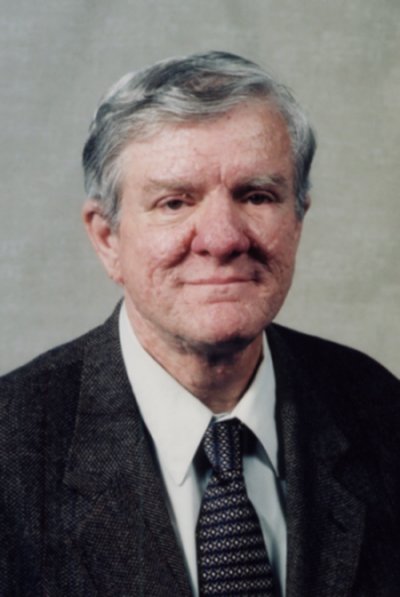Michael W. O'Neill
Today, we go below the surface. The University of Houston's College of Engineering presents this series about the machines that make our civilization run, and the people whose ingenuity created them.
Last Friday, coming back from lunch, I noticed my civil-engineering colleague Mike O'Neill walking fifty feet ahead of me. I thought about hailing him, judged the distance to be a tad awkward, and let it go. After all, we ran into one another all the time.
Thirty-three hours later, Mike died of a heart attack, and the opportunity was gone for good. I'll try to keep that in mind the next time I fail to greet a friend.
Watching him last week, one would have very little sense that this was the great world expert on building foundations. But things are not always what they seem.
Mike fully recognized just how much the soil below our buildings changes when it assumes the burden of the structure above. Bury a deep piling in soil whose properties you think you know, and that soil is altered. A piling or foundation pier is invasive in unexpected ways, because soil is perplexing stuff. It's terribly variable -- never entirely mineral. It generally has significant water mixed in with it and even a certain amount of gas -- air or products of organic decay. There is no recipe for soil.
To support a piling, soil exerts a drag (or shear) force upon it, and it is deformed in the process. Think about walking on a wet sandy beach. You've stepped on wet sand and seen it dry out around your footprint. That's because its volume increases when you stress it. Water flows into the empty space and the surface dries out.
Similar unexpected things happen when you set any foundation in soil. The volume of the soil can either increase or decrease. The result is that pilings affect one another. Four foundation piers can often give less than four times as much support as a single pier. And the pattern of the pilings is crucial.
These are the things that Mike O'Neill knew as much about as any person living. He perceived the reach of the problem fairly early in his long career, and he constructed a mode of study that went all the way from pencil-and-paper theory to full-scale testing. And here lies another odd wrinkle in Mike's story.
Many engineering problems can be solved with intelligent modeling. We'd never have built jet planes without scaled-down wind tunnel studies, but soil introduces too many variables. So Mike became one of the few engineering theorists I know who's also famous for full-size testing of anything as large as a building pier.
So buildings stand, today and tomorrow, while foundations are set on slippery soil. And Mike O'Neill built from the foundation of his own good will. I'd offer that as a metaphor, but metaphors weren't his style. He liked solidity and left the fuzzy stuff to others.
That's why I was caught off guard as I walked by his office this morning. Before it was a rising heap of colleagues' flowers and cards. Never mind metaphors, just let me add my own figurative rose to that wonderfully telling heap.
I'm John Lienhard, at the University of Houston, where we're interested in the way inventive minds work.
(Theme music)
See, e.g., M. W. O'Neill, Side Resistance in Piles and Drilled Shafts, Journal of Geotechnical and Geoenvironmental Engineering, ASCE, Vol. 127, No.1, January 2001, pp. 3-16. My thanks to Michael W. O'Neill's civil engineering colleagues at UH, C. Vipulanandan, Dennis Clifford, and Todd Helwig, for their counsel.
For more on soil, see Episode 1601, on Dirt.
For more on the world underground, see Episode 850, Underground.

Michael W. O'Neill, 1940-2003.